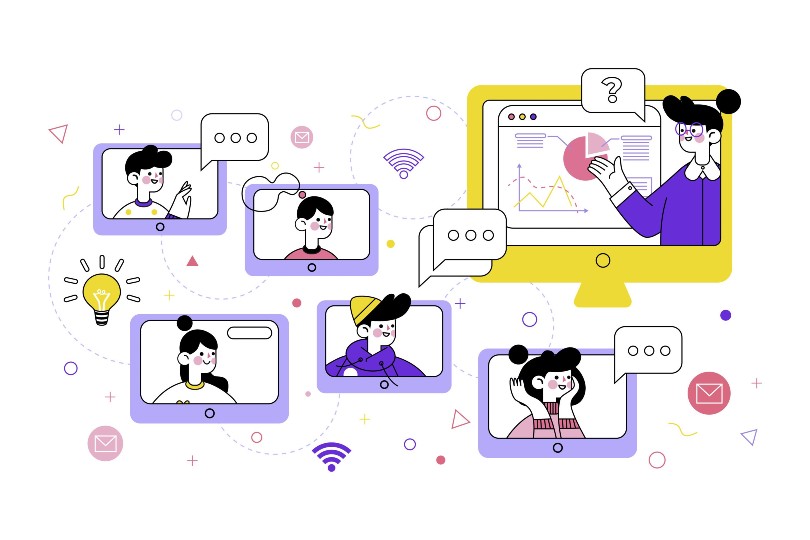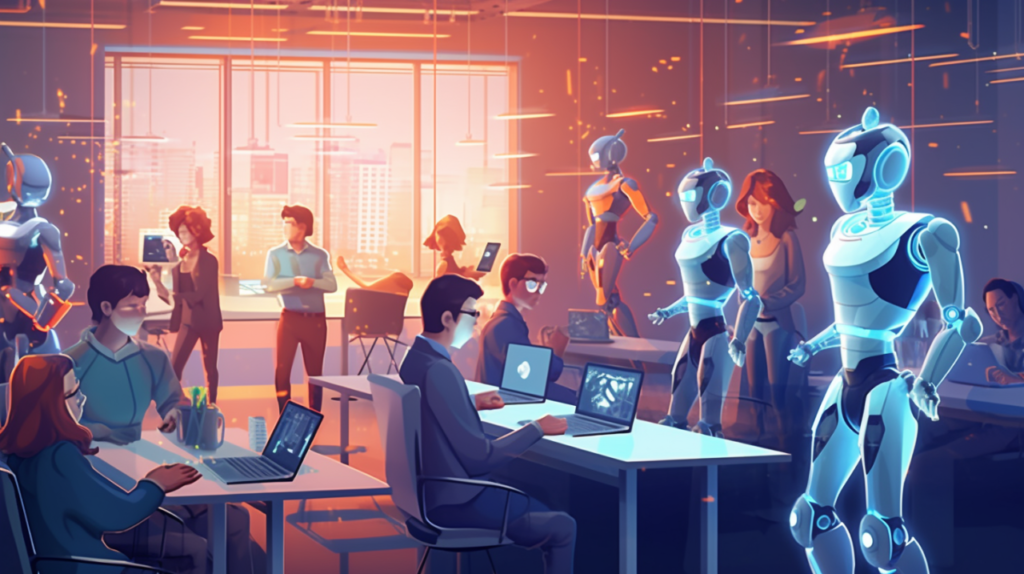In today’s fast-paced and ever-evolving world, technology has become an integral part of almost every aspect of our lives. From how we communicate to how we entertain ourselves, technology has reshaped our daily routines. The realm of education, too, has undergone a significant transformation, with technological advancements playing a pivotal role in reshaping the way we teach and learn. As educational institutions embrace digital tools, the role of technology in modern education is becoming more important than ever. This article will explore the profound impact that technology has had on modern education, its benefits, challenges, and the future of learning.
The Transformation of Learning Methods
Traditional education methods, which once relied solely on textbooks, chalkboards, and lectures, have evolved dramatically in recent years. The rise of digital tools and online platforms has revolutionized how educators deliver content and how students engage with it.

One of the most significant changes is the shift from static learning materials to dynamic, interactive resources. Online learning platforms, digital textbooks, and multimedia resources have made learning more engaging. Students no longer have to rely on a one-size-fits-all approach; technology allows for personalized learning, catering to individual needs and learning styles.
Learning management systems (LMS) like Moodle, Google Classroom, and Canvas enable instructors to manage courses, assign tasks, and track student progress online. These systems facilitate easy communication between teachers and students, making it easier to share resources and receive feedback instantly. Students can learn at their own pace, revisiting lessons, taking quizzes, and participating in discussion forums—all from the comfort of their homes.
Access to Knowledge and Information
In the past, gaining access to information required visiting libraries, reading physical books, or relying on instructors for knowledge. Today, technology has made it possible for students to access a vast amount of information with just a few clicks. The internet is a treasure trove of learning resources, from academic journals and research papers to instructional videos and interactive tutorials.
Educational platforms such as Coursera, Khan Academy, edX, and Udemy offer courses on virtually every subject, allowing students to expand their knowledge beyond the confines of their curriculum. This access has democratized learning, providing individuals from diverse backgrounds and locations with the opportunity to learn from top institutions and experts worldwide.
The convenience and wealth of resources also promote self-directed learning, where students can take charge of their education and explore subjects of personal interest, building critical thinking and problem-solving skills.
Collaboration and Communication
Collaboration has always been a cornerstone of education, and technology has taken it to new heights. Digital communication tools such as email, instant messaging, video conferencing, and social media platforms have made it easier for students and educators to communicate, collaborate, and share ideas in real-time.

Platforms like Zoom and Microsoft Teams allow for virtual classrooms, enabling teachers to conduct live sessions and interact with students remotely. These tools are especially useful in today’s world, where hybrid learning and remote education have become common due to the global COVID-19 pandemic. Virtual classrooms not only keep students engaged but also allow for group projects, virtual discussions, and collaborative problem-solving.
Moreover, cloud-based tools like Google Docs, Trello, and Dropbox make it simple for students to collaborate on assignments, share resources, and track progress. These tools foster teamwork, improve communication, and prepare students for the collaborative nature of the modern workforce.
Enhancing Engagement and Motivation
One of the greatest challenges in education is maintaining student engagement and motivation. Technology has introduced innovative ways to make learning more enjoyable and interactive. Gamification, for example, is one of the most exciting trends in education, where elements of game design are integrated into learning activities. This could include earning points for completing tasks, leveling up in a course, or competing with peers in friendly educational challenges.
Augmented reality (AR) and virtual reality (VR) are also transforming the classroom experience. These immersive technologies allow students to explore complex concepts, historical events, and scientific phenomena in 3D, making learning more interactive and hands-on. For example, VR simulations can let students conduct experiments in a virtual lab or take a virtual tour of ancient civilizations, offering experiences that would be difficult or impossible to replicate in a traditional classroom.
The Future of Education: AI and Beyond
Looking ahead, artificial intelligence (AI) and machine learning (ML) are set to revolutionize education even further. AI-powered tools are already being used to personalize learning, providing students with tailored learning experiences based on their progress, preferences, and weaknesses. For instance, adaptive learning platforms like DreamBox or Squirrel AI use data analytics to assess a student’s performance and adjust the difficulty level of lessons in real time.

AI can also help educators streamline administrative tasks such as grading and scheduling, allowing them to focus more on teaching. Furthermore, intelligent tutoring systems and chatbots can offer students immediate help and support, answering questions and providing explanations outside of classroom hours.
The use of AI in education could also lead to more equitable learning experiences. It has the potential to break down barriers caused by limited resources, enabling high-quality learning experiences to reach underserved communities and students in remote areas.
Challenges of Technology in Education
Despite the many benefits, integrating technology into education does come with its own set of challenges. One of the main concerns is the digital divide—unequal access to technology and the internet. While students in developed regions may have access to the latest devices and high-speed internet, students in rural or underserved areas may not have the same opportunities. This disparity can exacerbate educational inequality and limit the full potential of technology in education.
Moreover, the over-reliance on technology can lead to issues such as screen fatigue, distractions, and a lack of face-to-face interaction. Educators need to find a balance between leveraging technology to enhance learning and maintaining the human touch that is vital to building relationships and fostering social-emotional development.
Conclusion
The role of technology in modern education is undeniable. It has transformed the way we teach, learn, and collaborate, making education more accessible, personalized, and engaging. From enhancing student engagement with interactive tools to providing access to a world of information, technology has opened up new possibilities for students and educators alike.
However, as we embrace these advancements, it is important to address the challenges and ensure that technology is used in a way that promotes equity and inclusivity. With the right approach, technology will continue to be a powerful tool in shaping the future of education, creating opportunities for lifelong learning and preparing students for the ever-changing demands of the global workforce.